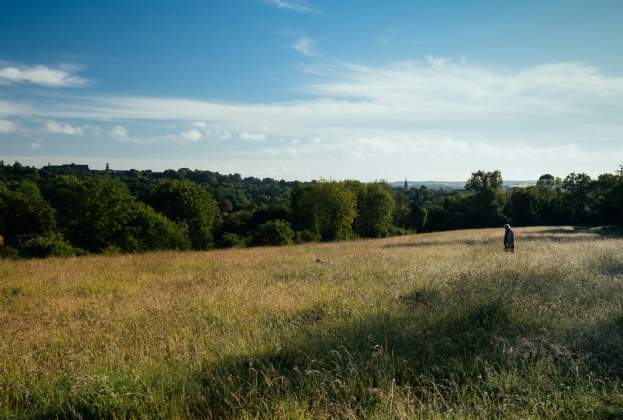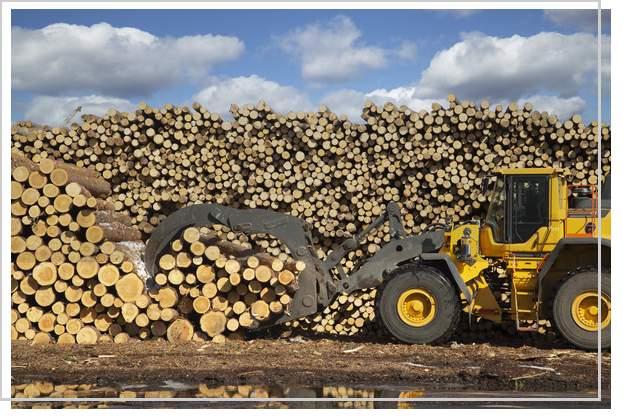The latest release of the English net additional dwellings figures shows that housebuilding is continuing to increase quickly. As the graph below shows, 217,350 dwellings were added to the housing stock in the year to March 2017. This is slightly ahead of our projection of 210,000 (see Savills Spotlight: On track to solving the housing crisis?) and also ahead of the Government's stated ambition in 2015 of delivering 1 million homes by 2020, or 200,000 homes a year.
.jpg)
.png)
The greatest increase in delivery has come from new build completions, which have increased by 12 per cent against 2015/16 and by 56 per cent against the post financial crisis low point in 2010-11. The number of dwellings delivered from change of use has also continued to grow, reaching a new high of 37,190 new homes. 48 per cent were from conversion of office buildings to residential use.
The overall delivery figures for 2016-17 are only 5,000 homes behind the recent peak in 2008 of 223,000 net additional dwellings. In addition, the goalposts have shifted since the target was set in 2015 of delivering 1 million homes by 2020. There is now growing consensus that housing need in England is around 300,000 per annum, particularly if housing delivery is to reach a level that will ease affordability pressures.
However, there are lead indicators that this rate of growth will not continue. The number of EPCs (energy performance certificates) for new dwellings has flattened off in the last two quarters, suggesting that developers have reached their capacity and are looking for stabilisation rather than rapid growth.
The greatest shortfalls against this 300,000 need figure are in the least affordable areas of the country. According to the emerging target in the London Plan Review, the capital needs 66,000 new homes each year, but the new figures show that in 2016/17 only 39,350 new homes were built.
Across the wider South East, in the least affordable, highest demand areas, there was a shortfall of 80,000 homes. Much more needs to be done to bring forward land for new homes in these locations.
But in the most affordable areas in the country, across much of the midlands and the north, housing delivery is now meeting need. The challenge here is to maintain this level of housing delivery.
Ratio of house prices to earnings, net additional dwellings and housing need in England
.png)
.jpg)
.png)
.jpg)
.jpg)




(1).jpg)
.jpg)
